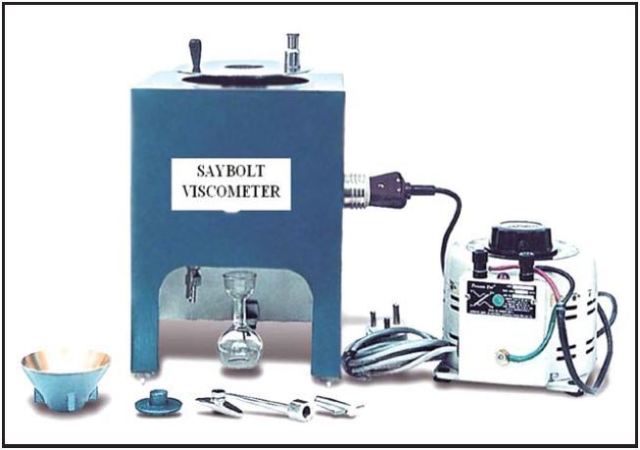
The factors affecting the lubrication performance were investigated, and a possible antifriction mechanism is proposed in this study. The coefficient of friction (CoF) of castor oil is as super-low as 0.076 at a temperature of 40☌, but is relatively high at other temperatures. The results show that the lubrication performance of castor oil is influenced by temperature due to the fact that the viscosity of castor oil varies with the temperature. In the present study, the lubrication performance and viscosity behavior of castor oil lubricating the friction pair of a steel ball and a nickel–titanium (NiTi) alloy disk were systematically investigated under different temperatures.

The temperature affects the lubrication performance of castor oil. However, castor oil as a green lubricant has a few shortcomings, such as a low viscosity index and low oxidative stability due to the presence of unsaturated bonds. So be cautious of accepting recommendations based on a lube-oil test report.Castor oil is an environment-friendly lubricant with good biodegradability and renewable behavior.

For example a low viscosity is desirable in a thermal oil because it increases the rate of heat transfer, while in lubricating oils it indicates that contamination has occurred, reducing its lubrication properties. Where lube-oil tests become particularly deceiving is when the results are compared to lube-oil standards which are much different than thermal-oil standards. A Distillation Range should be included with the testing program to positively determine whether any contamination has occurred. However, one problem with relying on only viscosity to determine fluid condition is that it measures only the average of all of the components - it does not detect the presence of contaminants. Some lube-oil test results – Acid Number and Viscosity – can be useful for thermal oils. Particles in thermal oil are more a nuisance than a threat - at worst they settle out in the expansion tank. Nor is there metal wear that requires a metals analysis to prevent equipment downtime.

The problem with using these labs is that the tests - which include Wear-and-Contamination Metals and Particle Count - measure properties that are important for lubrication and not heat transferįor example, heat-transfer fluid pumps do not operate at high pressure and so do not have the close mechanical tolerances that can be affected by the presence of particles (as in machine bearings or lubricating-oil pumps). Lube Oil Testingīecause lubricant tests are inexpensive to run, lube-oil testing labs are sometimes used for testing thermal oils. Lube Oil Testing Fluid Properties Explained, Part 6: Thermal Oil Testing vs. Properties Explained 6: Thermal Oil Testing vs.


 0 kommentar(er)
0 kommentar(er)
